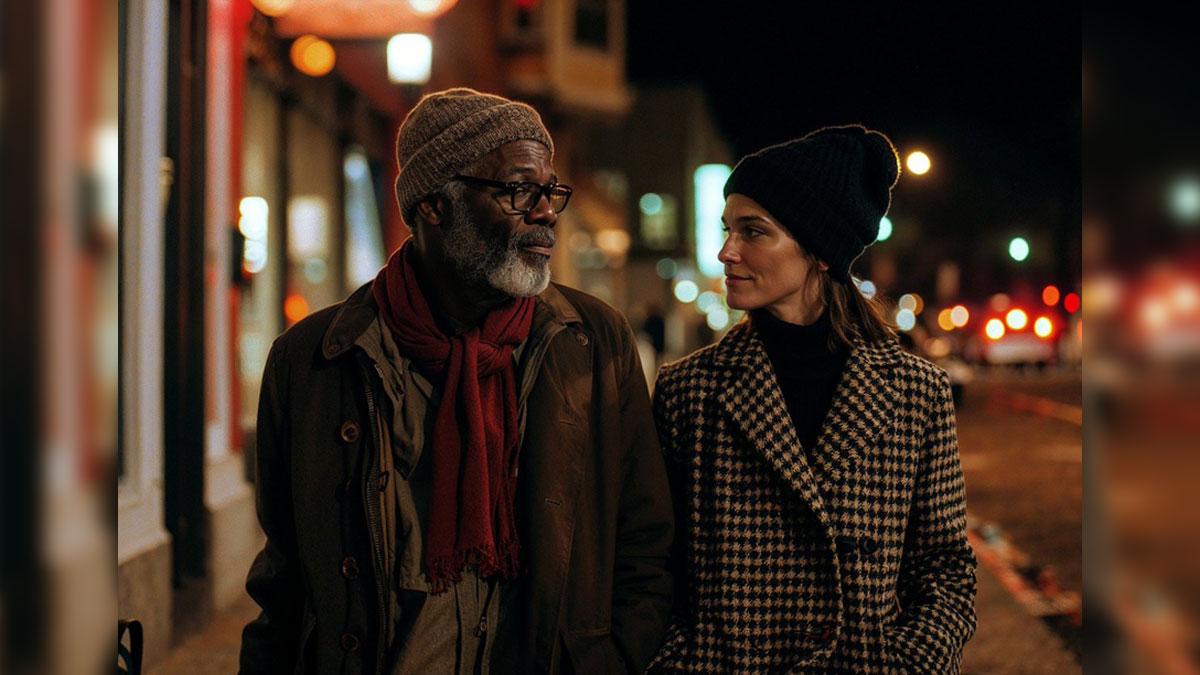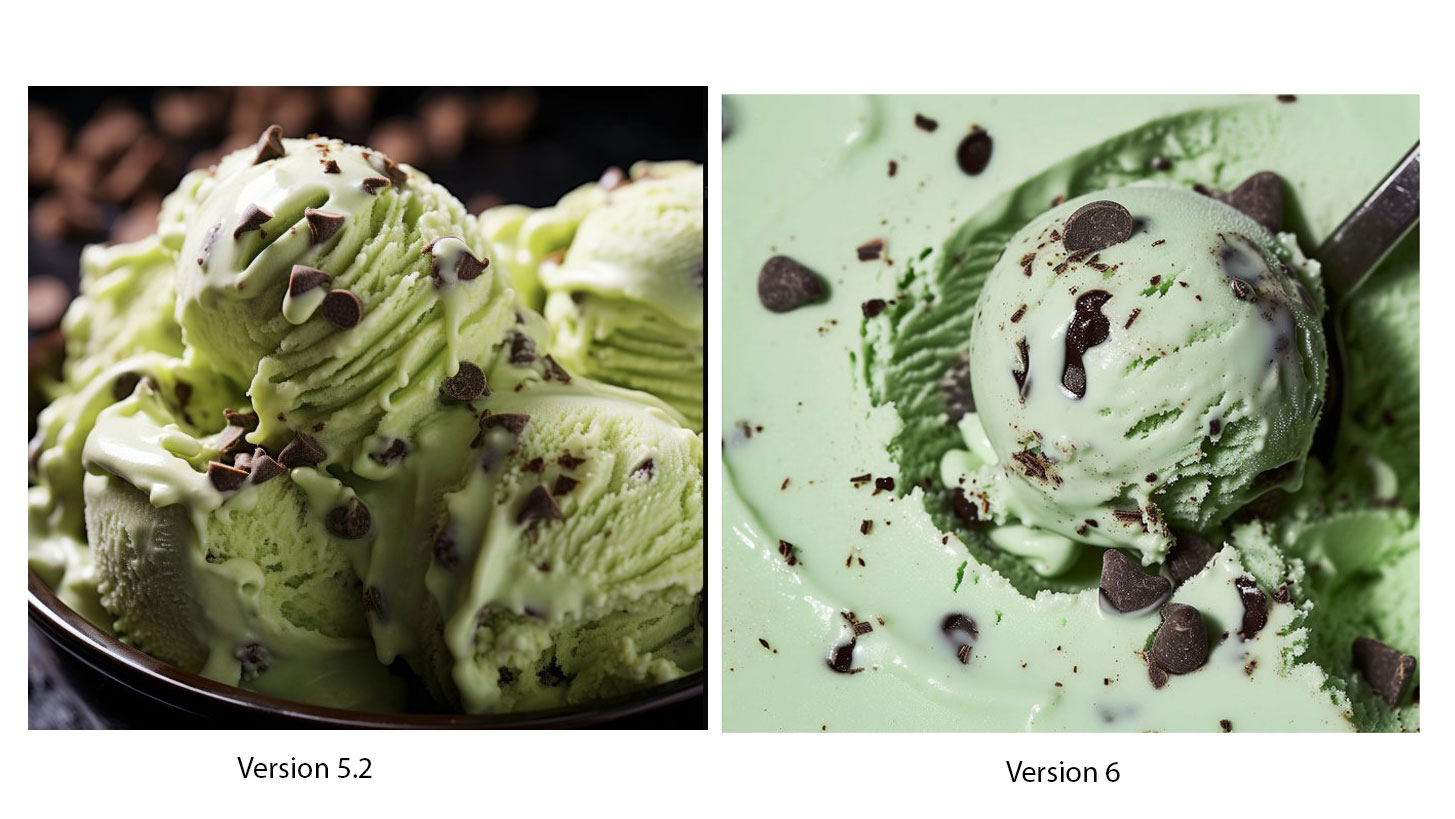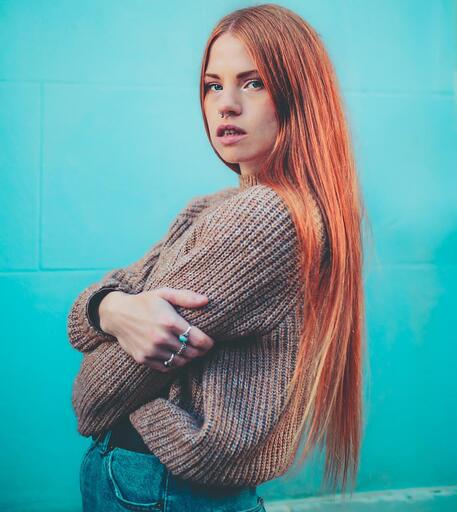Skynet just got scarier: Midjourney 6 sets new standards for AI text-to-image generation
The latest version of Midjourney makes improvements to in-image text placements, textures and imperfections to create super-photorealistic images

AI has completely transformed the digital image-making space in 2023 with the rapid advancement of text-to-image generators. With the release of Midjourney 6, AI capabilities have been lifted to all new heights, as the technology is now able to address longstanding issues and set new benchmarks in the field. Version 6 is without a doubt its most ambitious update, capable of delivering ultra-photorealistic images from extended, specified text prompts.
The latest update has improved on five crucial areas, including its its ability to produce, accurate, high-resolution in-image text – an action that has previously plagued AI image and video generation – and the ability to create photorealistic images that, at first glance, could be photos.
AI image generation has been a constant source of controversy, especially since it has become better at producing lifelike images. So while these latest set of updates are incredibly exciting for the AI world, they are bound to bring about their own set of issues.
That being said, it’s hard not to be impressed by Midjourney 6. There is a significant improvement from version 5.2 when comparing two images generated with the same prompts.
Product Text Integration: Elevating visual storytelling

Midjourney v6 introduces a seamless way to add text to your product using simple style prompts. Whereas in previous versions the AI struggled to place letters and place them in a way that looked realistic, the latest update expands on the possibilities for visual storytelling, making it easier to communicate brand messages and product information.
Prompting Style: Compatibility and versatility
The new version is compatible with both GPT and DALL•E-style prompting, enabling users to capture both visual and text elements in a single prompt. Users can be very specific in the style of photo they want Midjurney to output by using terms like "flat lay shot" or "e-commerce style image".
Texture: A photorealistic feast for the eyes

One of the most impressive updates in Midjourney V6 is the dramatic improvement in food texture rendering. The AI can now produce textures resembling the quality seen in photos taken with a real camera. Midjourney uses the example of mint choc chip icing, using the text prompt "close up shot of light green ice cream with a scoop of chocolate chips, messy, aerial view". While the Version 5.2 version is accurate, the Version 6 results look like they’re taken on a camera.
Get the Digital Camera World Newsletter
The best camera deals, reviews, product advice, and unmissable photography news, direct to your inbox!
It’s also able to produce far more photorealistic portraits, where the skin texture has pores and slight imperfections, making it more believable than previous versions where the skin texture looked completely airbrushed, as YouTuber Andrea Pizzini discovered when testing:
Shot realism: Imperfections that enhance quality
Midjourney V6 continues its tradition of capturing imperfections with realistic flair, enhancing the overall output quality. The images that it outputs seem to be slightly more stylish, although while a developer at Midjourney seems to think it has lost the editorial edge I don’t believe that to be the case.
Product set design: Balancing details and structure
While boosting details and lighting, Midjourney V6 introduces a shift in the original structure, signaling a new prompting style. A prompt like "Clean composition, orange background, light green and emerald opaque resin panels, minimalist grids, commercial product photography, tabletop photography" illustrates the AI's capacity to create the type of set you would expect to see from a professional product photographer.
All in all we've witnessed a dramatic improvement in Version 6 on what were already dramatic results in Version 5. And with AI becoming less taboo and more accepted than ever, such as the AI-powered effects in Google's camera phones, it's going to become more and more difficult to distinguish (and defend) real photographs from artificially generated ones.

Having studied Journalism and Public Relations at the University of the West of England Hannah developed a love for photography through a module on photojournalism. She specializes in Portrait, Fashion and lifestyle photography but has more recently branched out in the world of stylized product photography. Hannah spent three years working at Wex Photo Video as a Senior Sales Assistant, using her experience and knowledge of cameras to help people buy the equipment that is right for them. With eight years experience working with studio lighting, Hannah has run many successful workshops teaching people how to use different lighting setups.
